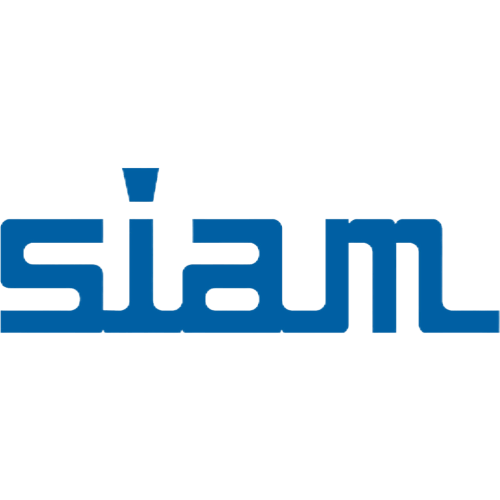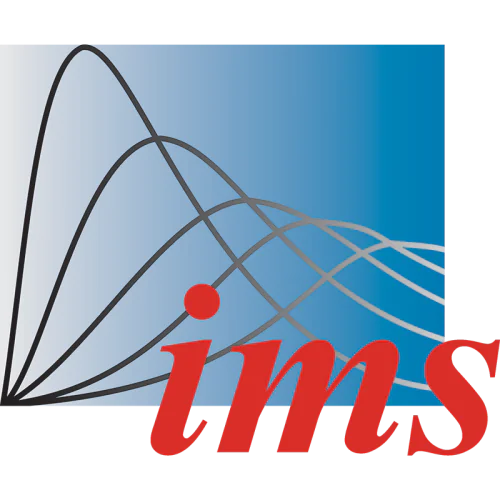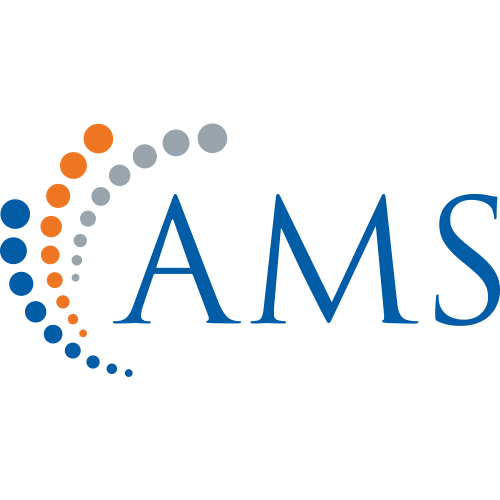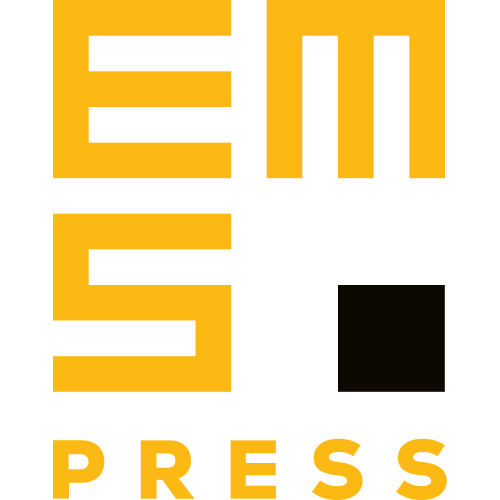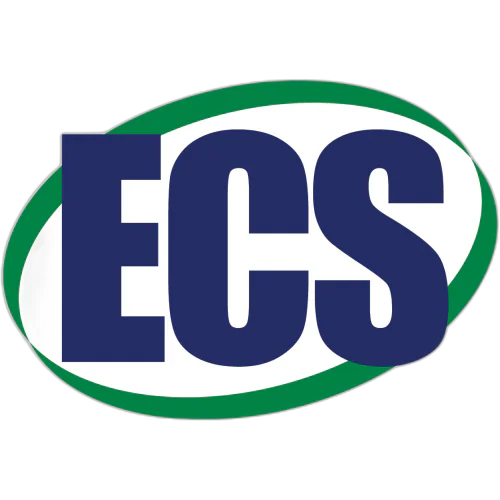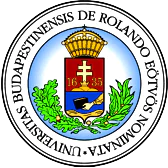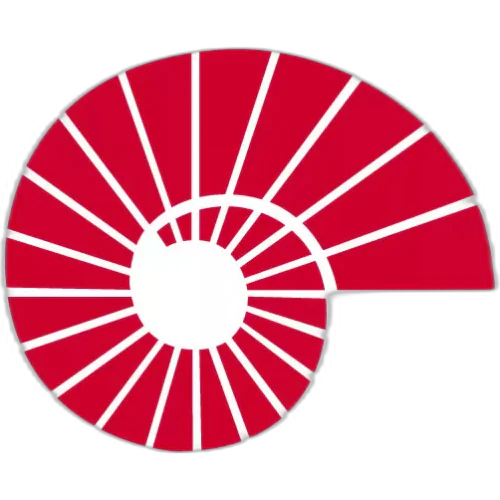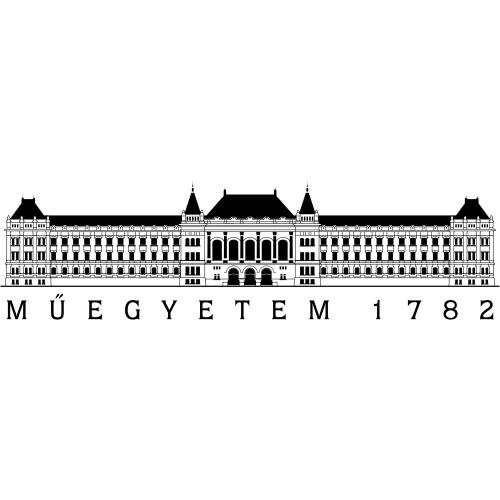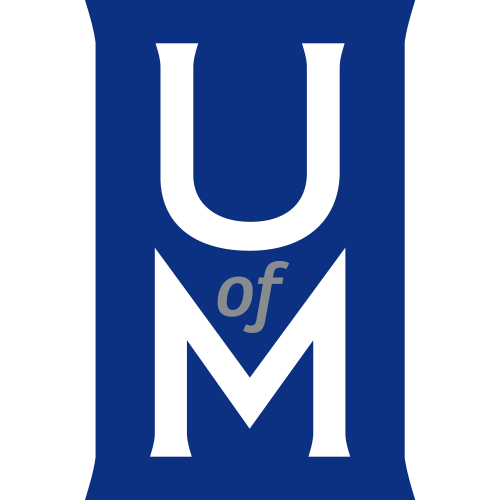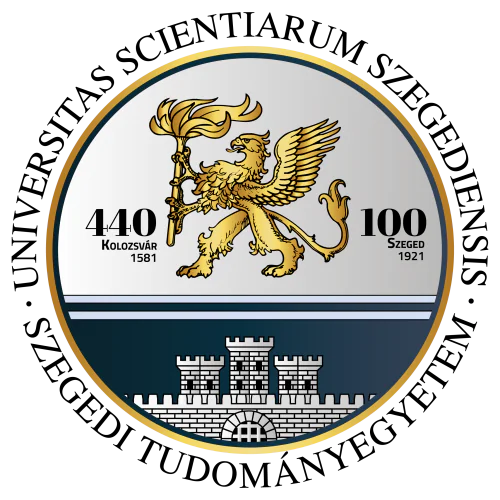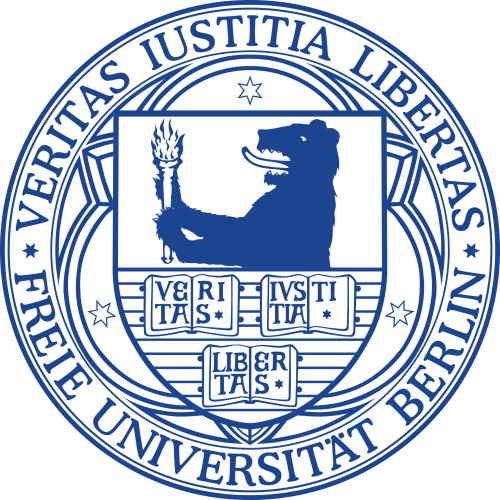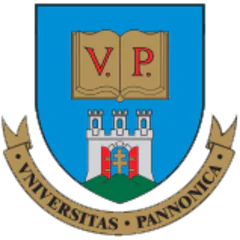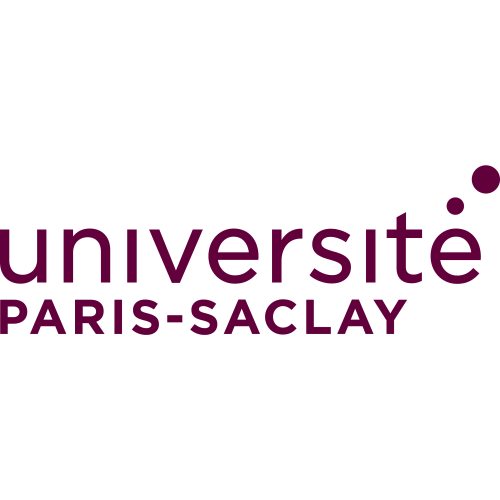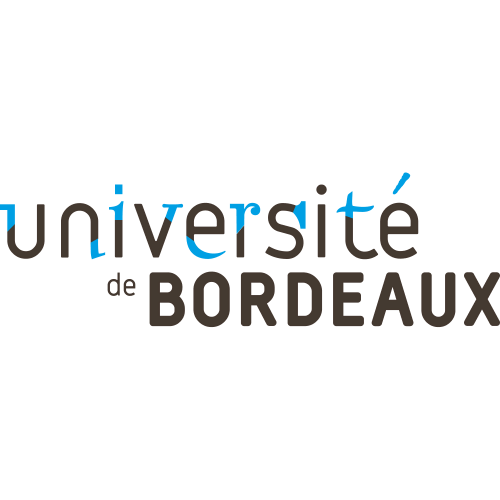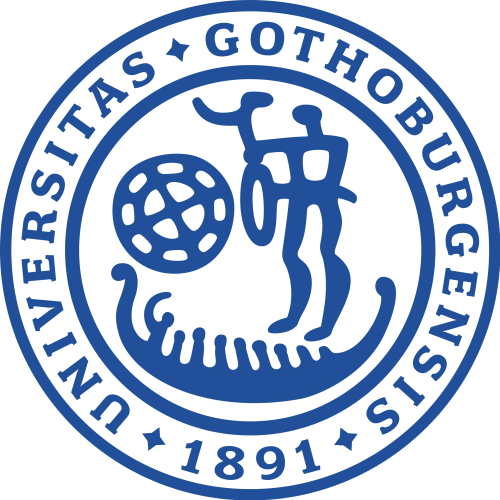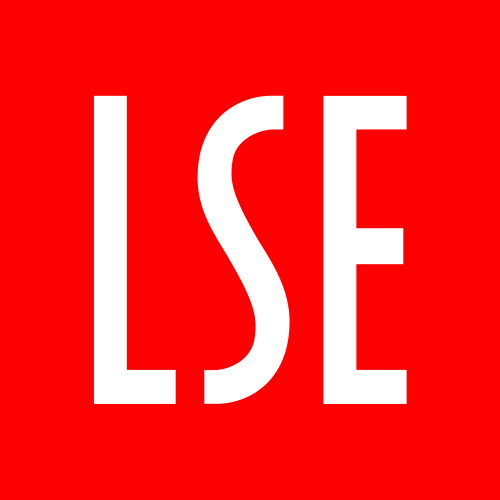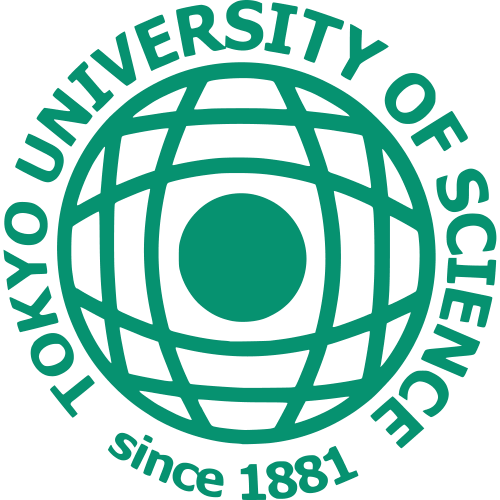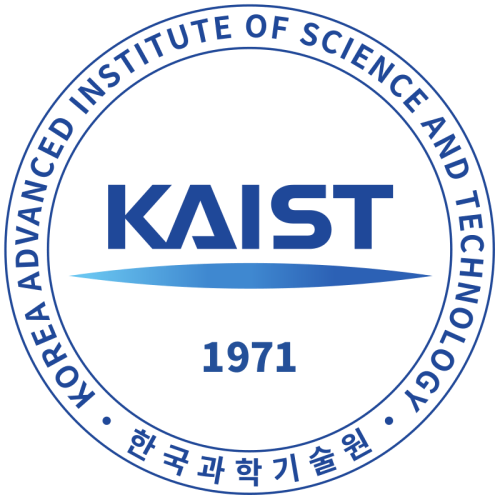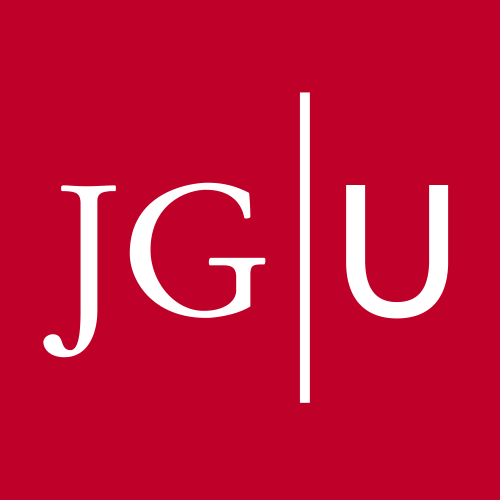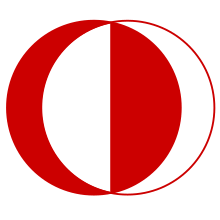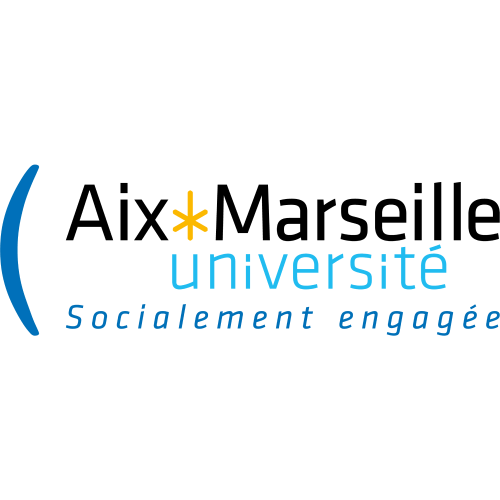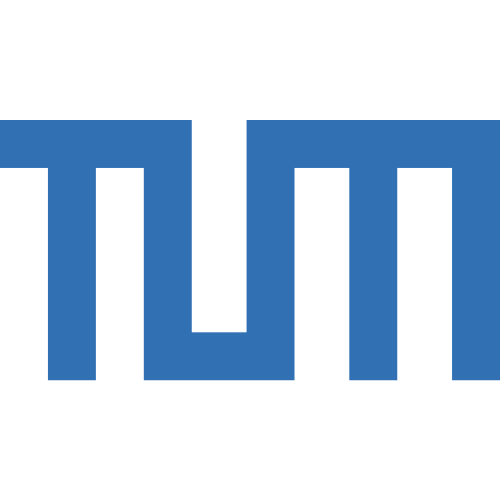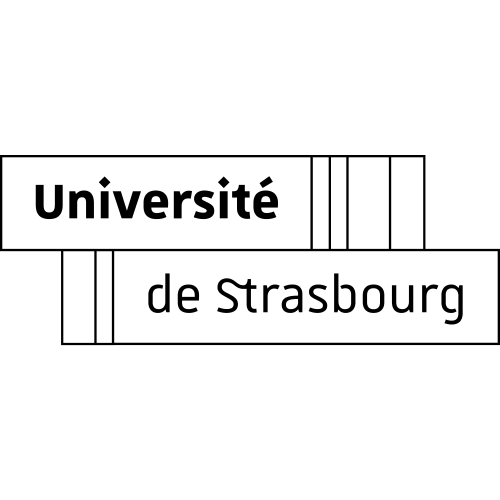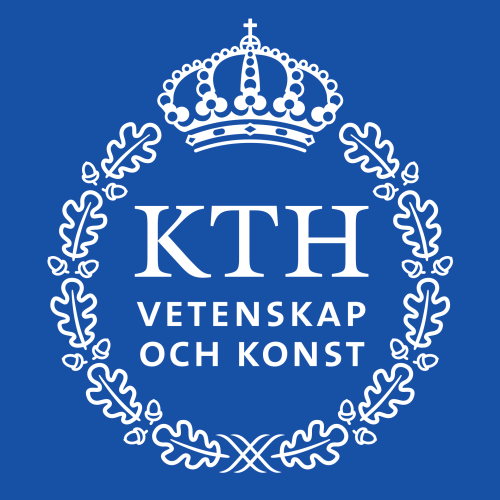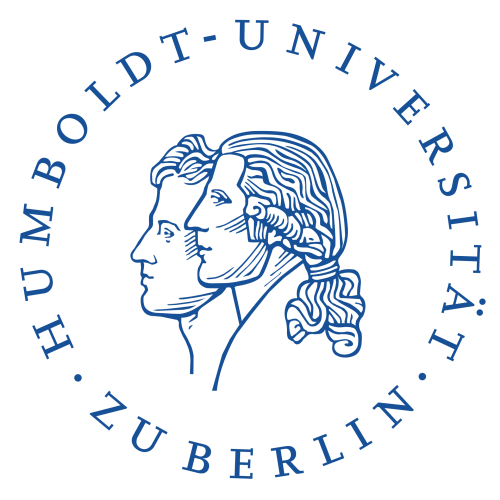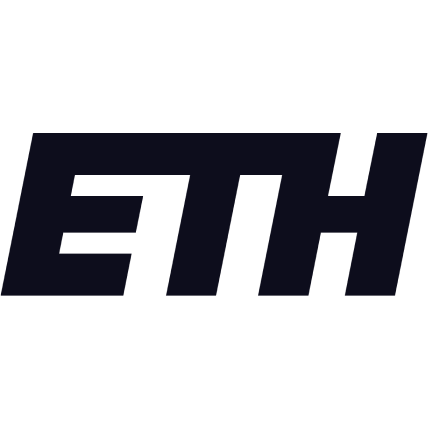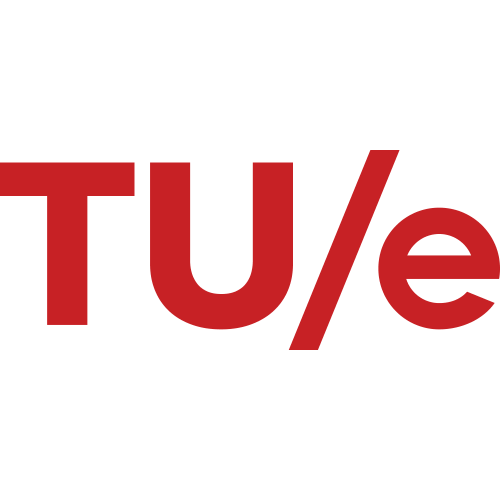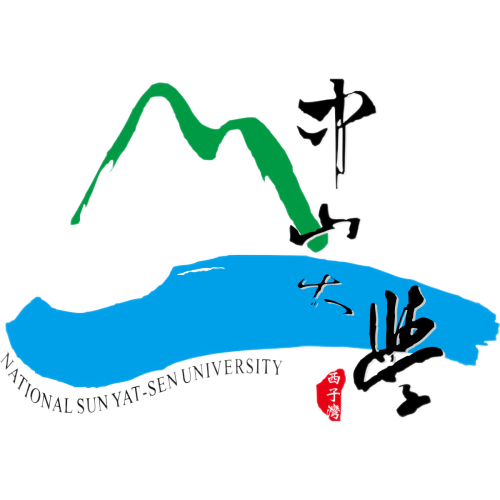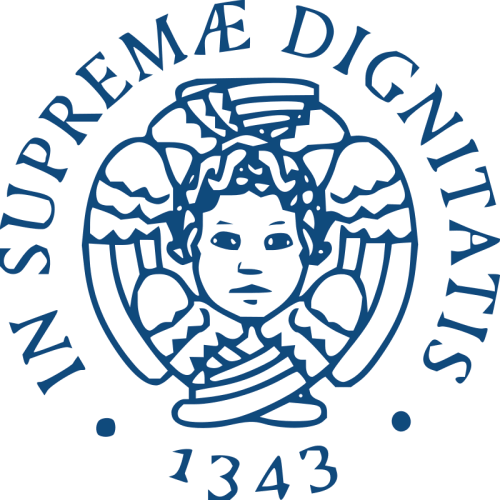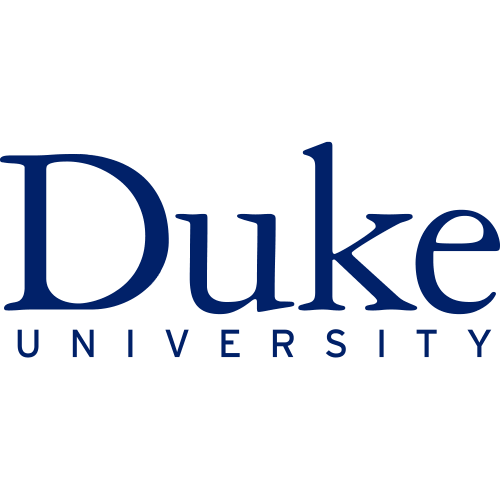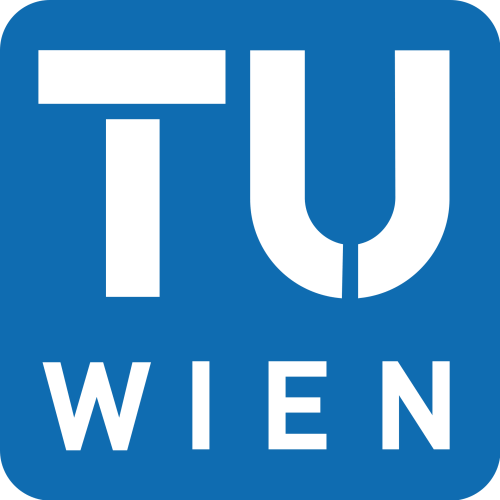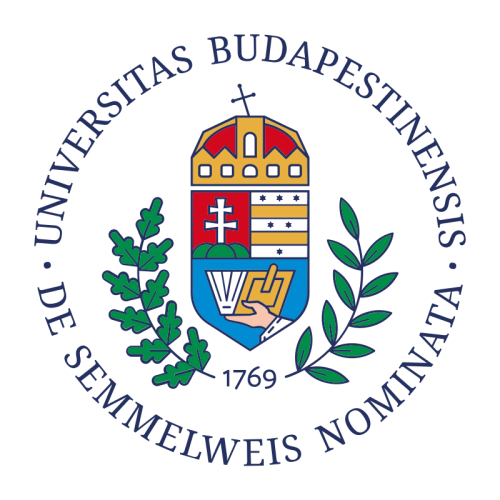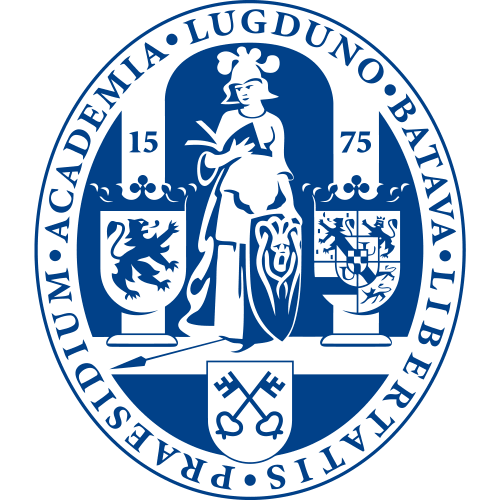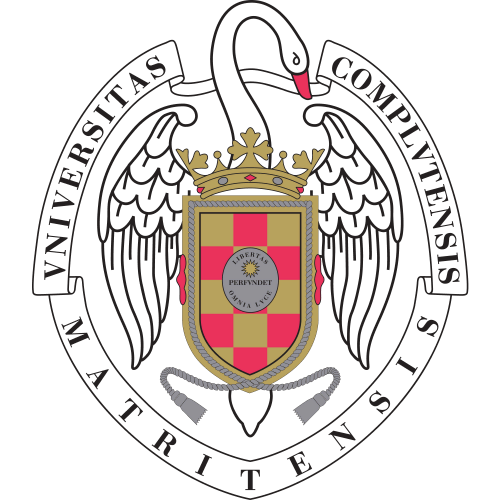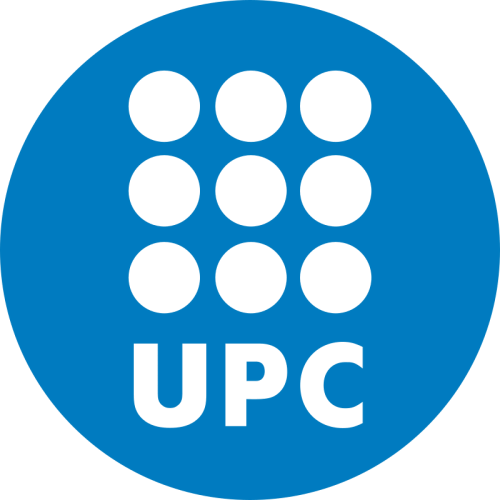Bolyai Society Mathematical Studies
Are you a researcher?
Create a profile to get free access to personal recommendations for colleagues and new articles.
CiteScore
0.0
Years of issue
2024
journal names
Bolyai Society Mathematical Studies
Top-3 citing journals

Lecture Notes in Computer Science
(61 citations)

Combinatorics Probability and Computing
(55 citations)

Random Structures and Algorithms
(52 citations)
Top-3 organizations

Alfréd Rényi Institute of Mathematics
(40 publications)
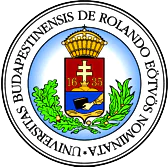
Eötvös Loránd University (University of Budapest)
(17 publications)

Koc University
(15 publications)
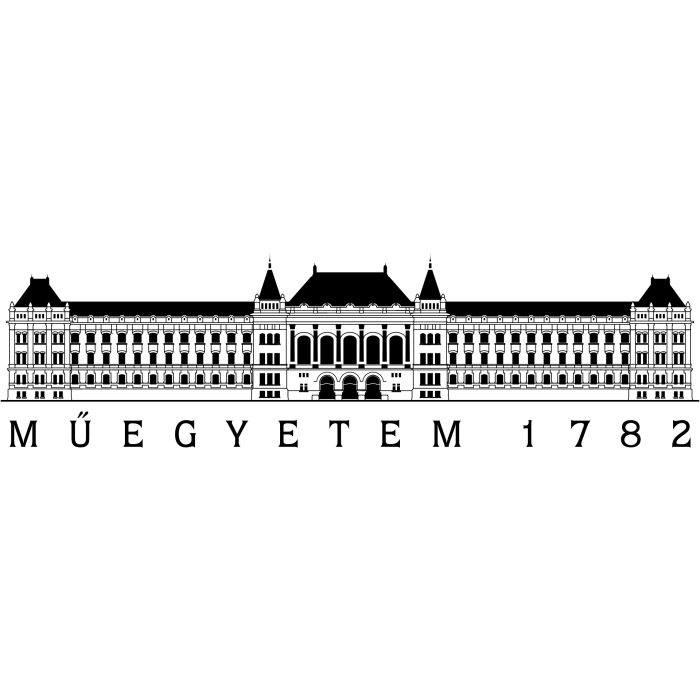
Budapest University of Technology and Economics
(2 publications)

Eötvös Loránd University (University of Budapest)
(2 publications)

Rutgers, The State University of New Jersey
(2 publications)
Top-3 countries
Most cited in 5 years
Found
Nothing found, try to update filter.
Found
Nothing found, try to update filter.
Top-100
Citing journals
Citing publishers
Publishing organizations
|
5
10
15
20
25
30
35
40
|
|
|
Alfréd Rényi Institute of Mathematics
40 publications, 14.81%
|
|
|
Eötvös Loránd University (University of Budapest)
17 publications, 6.3%
|
|
|
Koc University
15 publications, 5.56%
|
|
|
Princeton University
10 publications, 3.7%
|
|
|
Rutgers, The State University of New Jersey
9 publications, 3.33%
|
|
|
Budapest University of Technology and Economics
9 publications, 3.33%
|
|
|
University of Oxford
7 publications, 2.59%
|
|
|
University of Cambridge
7 publications, 2.59%
|
|
|
University of Memphis
7 publications, 2.59%
|
|
|
Tel Aviv University
6 publications, 2.22%
|
|
|
Charles University
6 publications, 2.22%
|
|
|
University of California, Los Angeles
5 publications, 1.85%
|
|
|
University of Szeged
5 publications, 1.85%
|
|
|
Emory University
5 publications, 1.85%
|
|
|
École Polytechnique Fédérale de Lausanne
4 publications, 1.48%
|
|
|
University College London
4 publications, 1.48%
|
|
|
Stanford University
4 publications, 1.48%
|
|
|
University of California, San Diego
4 publications, 1.48%
|
|
|
University of Debrecen
4 publications, 1.48%
|
|
|
University of Michigan
4 publications, 1.48%
|
|
|
Weizmann Institute of Science
3 publications, 1.11%
|
|
|
Free University of Berlin
3 publications, 1.11%
|
|
|
Yale University
3 publications, 1.11%
|
|
|
Georgia Institute of technology
3 publications, 1.11%
|
|
|
University of California, Berkeley
3 publications, 1.11%
|
|
|
New York University
3 publications, 1.11%
|
|
|
University of Washington
3 publications, 1.11%
|
|
|
University of Pannonia
3 publications, 1.11%
|
|
|
University of Illinois Urbana-Champaign
3 publications, 1.11%
|
|
|
University of Maryland, College Park
3 publications, 1.11%
|
|
|
Université Paris-Saclay
3 publications, 1.11%
|
|
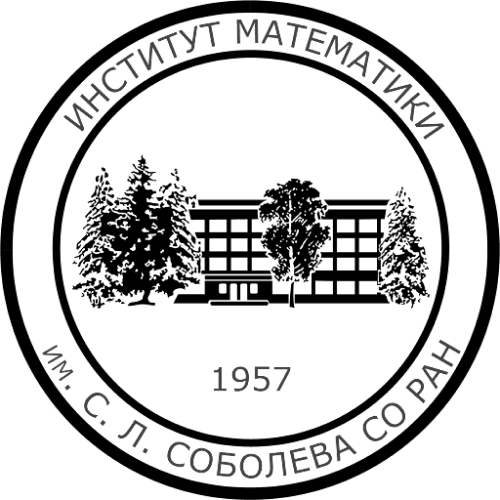
Sobolev Institute of Mathematics of the Siberian Branch of the Russian Academy of Sciences
2 publications, 0.74%
|
|
|
Hebrew University of Jerusalem
2 publications, 0.74%
|
|
|
University of Bordeaux
2 publications, 0.74%
|
|
|
University of Gothenburg
2 publications, 0.74%
|
|
|
London School of Economics and Political Science
2 publications, 0.74%
|
|
|
Tokyo University of Science
2 publications, 0.74%
|
|
|
Massachusetts Institute of Technology
2 publications, 0.74%
|
|
|
Korea Advanced Institute of Science and Technology
2 publications, 0.74%
|
|
|
DePaul University
2 publications, 0.74%
|
|
|
Institute for Computer Science and Control
2 publications, 0.74%
|
|
|
Vanderbilt University
2 publications, 0.74%
|
|
|
McGill University
2 publications, 0.74%
|
|
|
Rhenish Friedrich Wilhelm University of Bonn
2 publications, 0.74%
|
|
|
University of Amsterdam
2 publications, 0.74%
|
|
|
Johannes Gutenberg University Mainz
2 publications, 0.74%
|
|
|
University of Toronto
2 publications, 0.74%
|
|
|
University of Calgary
2 publications, 0.74%
|
|
|
University of Georgia
2 publications, 0.74%
|
|
|
Skolkovo Institute of Science and Technology
1 publication, 0.37%
|
|
|
Institute for Information Transmission Problems of the Russian Academy of Sciences
1 publication, 0.37%
|
|
|
Middle East Technical University
1 publication, 0.37%
|
|
|
Technion – Israel Institute of Technology
1 publication, 0.37%
|
|
|
Ben-Gurion University of the Negev
1 publication, 0.37%
|
|
|
Bar-Ilan University
1 publication, 0.37%
|
|
|
Aix-Marseille University
1 publication, 0.37%
|
|
|
Technical University of Munich
1 publication, 0.37%
|
|
|
University of Lorraine
1 publication, 0.37%
|
|
|
University of Strasbourg
1 publication, 0.37%
|
|
|
KTH Royal Institute of Technology
1 publication, 0.37%
|
|
|
Humboldt University of Berlin
1 publication, 0.37%
|
|
|
Fuzhou University
1 publication, 0.37%
|
|
|
ETH Zurich
1 publication, 0.37%
|
|
|
Eindhoven University of Technology
1 publication, 0.37%
|
|
|
University of Naples Federico II
1 publication, 0.37%
|
|
|
National Sun Yat-sen University
1 publication, 0.37%
|
|
|
Delft University of Technology
1 publication, 0.37%
|
|
|
University of Basel
1 publication, 0.37%
|
|
|
University of Bologna
1 publication, 0.37%
|
|
|
William Marsh Rice University
1 publication, 0.37%
|
|
|
Michigan State University
1 publication, 0.37%
|
|
|
Loughborough University
1 publication, 0.37%
|
|
|
University of Pisa
1 publication, 0.37%
|
|
|
Pennsylvania State University
1 publication, 0.37%
|
|
|
Roma Tre University
1 publication, 0.37%
|
|
|
Columbia University
1 publication, 0.37%
|
|
|
Western Washington University
1 publication, 0.37%
|
|
|
Auburn University
1 publication, 0.37%
|
|
|
Duke University
1 publication, 0.37%
|
|
|
Ohio State University
1 publication, 0.37%
|
|
|
University of California, Riverside
1 publication, 0.37%
|
|
|
Vienna University of Technology
1 publication, 0.37%
|
|
|
Semmelweis University
1 publication, 0.37%
|
|
|
Corvinus University of Budapest
1 publication, 0.37%
|
|
|
University of South Florida
1 publication, 0.37%
|
|
|
University of Cologne
1 publication, 0.37%
|
|
|
Graz University of Technology
1 publication, 0.37%
|
|
|
University of British Columbia
1 publication, 0.37%
|
|
|
University of Waterloo
1 publication, 0.37%
|
|
|
Dartmouth College
1 publication, 0.37%
|
|
|
Albert Ludwig University of Freiburg
1 publication, 0.37%
|
|
|
Hamburg University
1 publication, 0.37%
|
|
|
Leiden University
1 publication, 0.37%
|
|
|
University of Augsburg
1 publication, 0.37%
|
|
|
University of Wisconsin–Madison
1 publication, 0.37%
|
|
|
University of Shizuoka
1 publication, 0.37%
|
|
|
Adam Mickiewicz University in Poznań
1 publication, 0.37%
|
|
|
Universidad Complutense de Madrid
1 publication, 0.37%
|
|
|
University of Barcelona
1 publication, 0.37%
|
|
|
Polytechnic University of Catalonia
1 publication, 0.37%
|
|
|
5
10
15
20
25
30
35
40
|
|
Publishing organizations in 5 years
|
1
2
|
|
|
Rutgers, The State University of New Jersey
2 publications, 16.67%
|
|
|
Budapest University of Technology and Economics
2 publications, 16.67%
|
|
|
Eötvös Loránd University (University of Budapest)
2 publications, 16.67%
|
|
|
Alfréd Rényi Institute of Mathematics
2 publications, 16.67%
|
|
|
Technical University of Munich
1 publication, 8.33%
|
|
|
ETH Zurich
1 publication, 8.33%
|
|
|
University of Bologna
1 publication, 8.33%
|
|
|
Michigan State University
1 publication, 8.33%
|
|
|
University of Pisa
1 publication, 8.33%
|
|
|
University of California, Los Angeles
1 publication, 8.33%
|
|
|
Rhenish Friedrich Wilhelm University of Bonn
1 publication, 8.33%
|
|
|
Johannes Gutenberg University Mainz
1 publication, 8.33%
|
|
|
University of Ottawa
1 publication, 8.33%
|
|
|
Babes-Bolyai University
1 publication, 8.33%
|
|
|
1
2
|
Publishing countries
|
10
20
30
40
50
60
70
80
90
100
|
|
|
USA
|
USA, 91, 33.7%
USA
91 publications, 33.7%
|
|
Hungary
|
Hungary, 89, 32.96%
Hungary
89 publications, 32.96%
|
|
United Kingdom
|
United Kingdom, 25, 9.26%
United Kingdom
25 publications, 9.26%
|
|
France
|
France, 16, 5.93%
France
16 publications, 5.93%
|
|
Turkey
|
Turkey, 16, 5.93%
Turkey
16 publications, 5.93%
|
|
Germany
|
Germany, 14, 5.19%
Germany
14 publications, 5.19%
|
|
Israel
|
Israel, 14, 5.19%
Israel
14 publications, 5.19%
|
|
Canada
|
Canada, 12, 4.44%
Canada
12 publications, 4.44%
|
|
Czech Republic
|
Czech Republic, 7, 2.59%
Czech Republic
7 publications, 2.59%
|
|
Switzerland
|
Switzerland, 6, 2.22%
Switzerland
6 publications, 2.22%
|
|
Netherlands
|
Netherlands, 5, 1.85%
Netherlands
5 publications, 1.85%
|
|
Sweden
|
Sweden, 4, 1.48%
Sweden
4 publications, 1.48%
|
|
Russia
|
Russia, 3, 1.11%
Russia
3 publications, 1.11%
|
|
Italy
|
Italy, 3, 1.11%
Italy
3 publications, 1.11%
|
|
Japan
|
Japan, 3, 1.11%
Japan
3 publications, 1.11%
|
|
Austria
|
Austria, 2, 0.74%
Austria
2 publications, 0.74%
|
|
Spain
|
Spain, 2, 0.74%
Spain
2 publications, 0.74%
|
|
Poland
|
Poland, 2, 0.74%
Poland
2 publications, 0.74%
|
|
Republic of Korea
|
Republic of Korea, 2, 0.74%
Republic of Korea
2 publications, 0.74%
|
|
Serbia
|
Serbia, 2, 0.74%
Serbia
2 publications, 0.74%
|
|
China
|
China, 1, 0.37%
China
1 publication, 0.37%
|
|
Brazil
|
Brazil, 1, 0.37%
Brazil
1 publication, 0.37%
|
|
India
|
India, 1, 0.37%
India
1 publication, 0.37%
|
|
Colombia
|
Colombia, 1, 0.37%
Colombia
1 publication, 0.37%
|
|
Mexico
|
Mexico, 1, 0.37%
Mexico
1 publication, 0.37%
|
|
Romania
|
Romania, 1, 0.37%
Romania
1 publication, 0.37%
|
|
Slovakia
|
Slovakia, 1, 0.37%
Slovakia
1 publication, 0.37%
|
|
10
20
30
40
50
60
70
80
90
100
|
Publishing countries in 5 years
|
1
2
3
4
5
|
|
|
Hungary
|
Hungary, 5, 41.67%
Hungary
5 publications, 41.67%
|
|
Germany
|
Germany, 3, 25%
Germany
3 publications, 25%
|
|
USA
|
USA, 3, 25%
USA
3 publications, 25%
|
|
Italy
|
Italy, 1, 8.33%
Italy
1 publication, 8.33%
|
|
Canada
|
Canada, 1, 8.33%
Canada
1 publication, 8.33%
|
|
Romania
|
Romania, 1, 8.33%
Romania
1 publication, 8.33%
|
|
Switzerland
|
Switzerland, 1, 8.33%
Switzerland
1 publication, 8.33%
|
|
1
2
3
4
5
|






